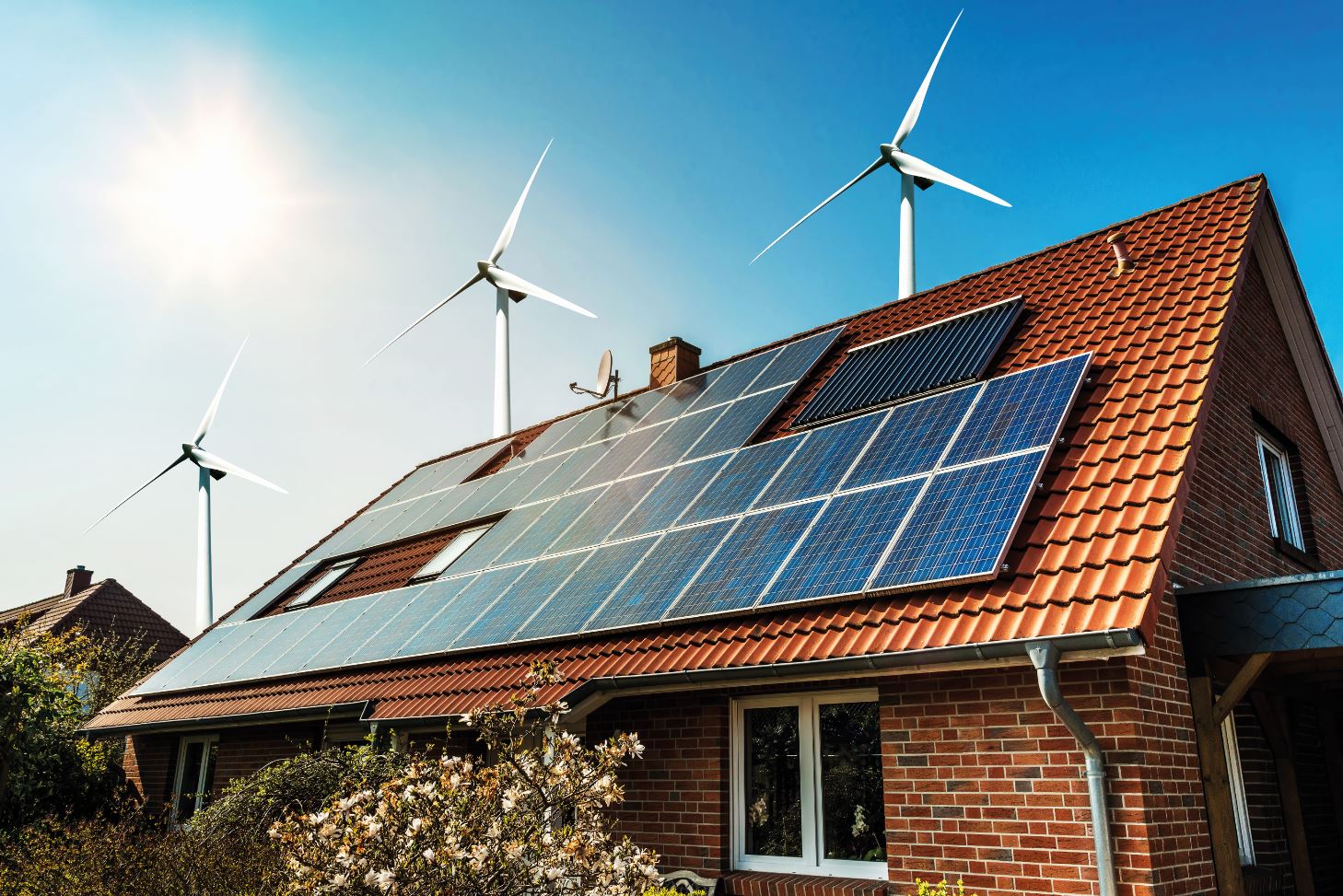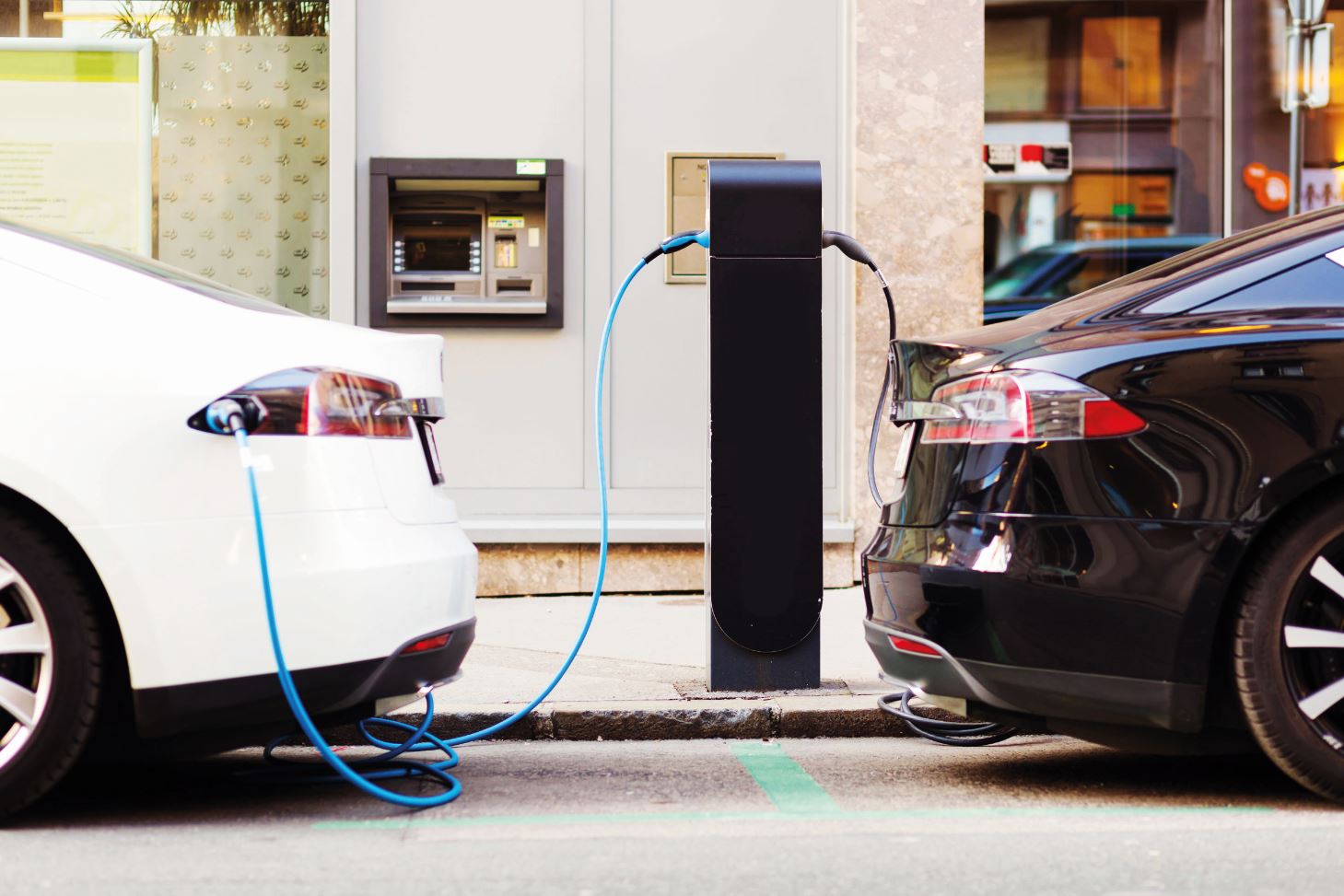National Energy Trading Platform
15 August 2018NETP; A GAME CHANGER IN POWER SUPPLY TRANSFORMATION
Electricity is a form of energy which is closest to human beings and indeed is indispensable at the age when almost everything like appliances and vehicles are run on electric power. The comprehension of electric power has therefore become essential. Thailand’s three power utility enterprises – the Electricity Generating Authority of Thailand (EGAT), the Provincial Electricity Authority (PEA) and Metropolitan Electricity Authority (MEA) – are preparing to launch a research on the development of National Energy Trading Platform (NETP) and a roadmap involved. How does this project benefit consumers? Let’s find out together.

The world changes, and we need to evolve.
The technological advancement in Thailand 4.0 is changing the way electricity is sent to consumers: from the old way of delivering electricity in one direction, from generation and transmission systems under EGAT’s responsibility to the distribution systems operated by MEA and PEA before ultimately reaching users.
Today, many countries have seen consumers start trading electricity among one another. Such practice has taken place in Brooklyn of New York by a company called LO3, or in Australia by a firm known as Power Ledger.
This has happened because consumers have installed rooftop photovoltaic (PV) systems and other alternative energy generation sources to meet their energy requirement. Thus that gives rise to the term of Prosumer, a person who consumes and produces a product. Most prosumers tap power generated by electricity-generating solar panels mounted on the rooftop of a residential or commercial building or structure. There are four factors changing the electric power transmission.

First, there is a decentralization situation as electricity no longer comes only from large-scale power plants, but from smaller and scattered sources, or from the so – called prosumers. Aside from using power from their own rooftop PV systems, prosumers sell their excess power supplies to the grids.
The second factor is the decarbonisation movement, a growing trend towards supporting activities that help tackle the global warming, reduce carbon dioxide emissions, care for the environment and create green societies. At the same time, technologies of alternative and renewable energy have advanced so much to bring down costs rapidly.
Thirdly, the transformation of IT from analog to digital has enabled various power generation sources to better communicate and display electricity demand on a real time basis, even on a smartphone through an Application. Furthermore, the Internet of Thing (IOT) has made a daily life easier.
The fourth factor is Electrification. It comes against the backdrop of significant increase in electricity demand as new technology such as electric vehicles and urban mass transit systems like BTS and MRT are electricity-driven.

What is NETP?
The birth of “prosumer” is a main driving force in altering power consumption behaviour. From purchasing electricity from power utilities, consumers generate their own and sell excess to the grids or within their housing estates, industrial parks, a step leading to a free power trading system.
A change of power consumption has called upon state agencies regulating the country’s power system and supply security to pay attention. As a result, the NETP project was conceived in response of those changes.
NETP is geared towards building a platform for national energy market and establishing rules and laws involved. NETP’s main focus is on prosumers with rooftop PV systems and those who sell their excess supplies among themselves in the peer-to-peer pattern. The project’s current activities involve comparative studies of regulations already in use in countries where the NEPT has been introduced such as the USA, Japan and UK.
The next step calls for the creation of a prototype, which is due to complete in 2018, and will be submitted it to State Enterprise Policy Office (SEPO) for consideration. If approved by SEPO, the prototype would go into a trial process in areas covered by the three state power utilities in August 2019.

The NETP shares common characteristics of a market, comprising buyers, sellers and market operator. A difference is the commodity in the market which is the electric power. The marketplace of NETP is on a digital platform, a place where buyers and sellers meet, possibly based on the “Blockchain” and or “Micro – EMS” technologies. The Blockchain is widely used in the financial sector because of its efficiency and high security.
Studies are underway to create an Application to support trading activities in which buyers and sellers must first register and make an agreement digitally by providing information such as the locations of prosumers, types of electric power and the size of supplies for sales.
Users can access to all information related to the power supply and conduct the business activities on NETP in the same way as Lazada, Shopee and other e – Commerce websites. The trading is controlled by the system and regulators who ensure that the transactions follow rules. A digital currency dedicated for NETP activities could be developed in the future.
*Prosumer is referred to Production by Consumer, meaning that the person produces electricity from the photovoltaic system mounted on the rooftop for own use with excess output sold to neighbours through power the utility’s lines. A prosumer, therefore, has double roles, as a consumer and a producer, no longer someone who just pays the bills to power utilities.

Micro-Energy Management System (Micro-EMS) is a system which will be installed in the targeted locations where the trading takes place such as housing estates, industrial parks and communities.
Micro – EMS serves as a “mechanical brain” and is supported by devices performing four functions – Smart Metering, Grid Balance, Demand Side Management and Monitoring System.
The ability to show real-time power usage, collecting data and reporting consumption behaviour enable the Micro – EMS to constantly evaluate the impact of sunlight level on PV production as well as forecast demand in the next hour.
It also helps an effective planning of electricity supply management, determining the allocations from the main generation sources and alternative energy.

NETP’s Value Propositions
In addition to benefits for power trading, the intelligence of NETP provides the three power utilities with a wealth of information on actual electricity demand.
Nowadays, many parties generate their own electricity which is not connected to the main system and thus leaving an unknown that makes demand forecast inaccurate. Having the actual and precise information goes a long way for a data analysis essential for investment in generation, transmission and distribution systems to bring about maximum benefits to the public.
The studies of NETP must take into account consumers at large (those who are not prosumers) in regards to tariff setting and impacts on other stakeholders.
In the old system, independent power producers (IPPs), small power producers (SPP) and very small power producers (VSPPs) along with regulatory agencies must work together for the transformation to the era of Digital Utility smooth.

